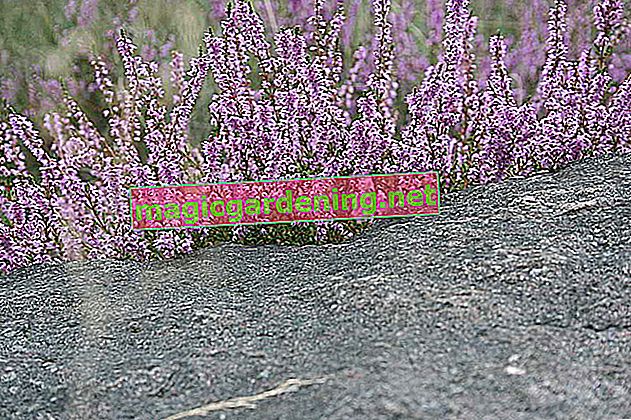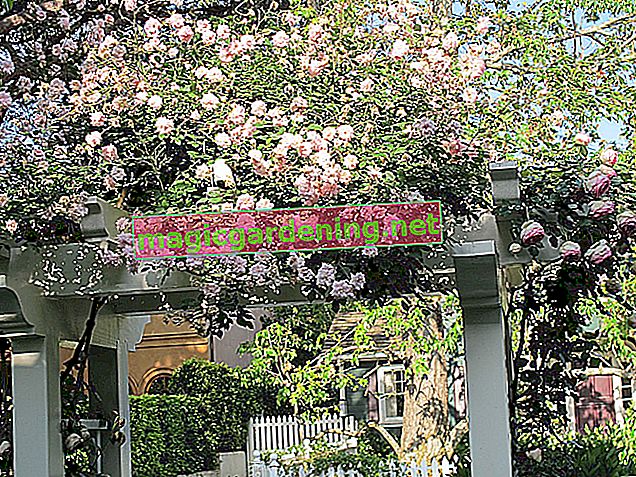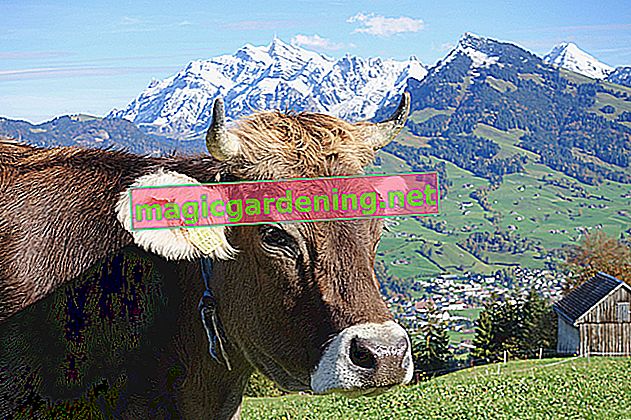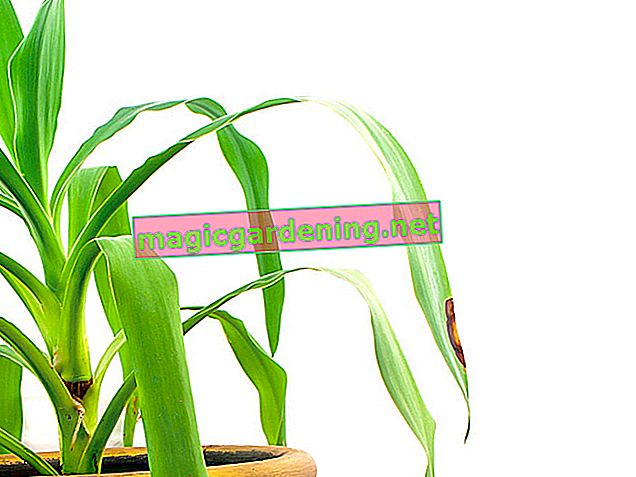
The typical heart shape of the linden leaves
The leaves of linden are alternate and two-lined, that is, regularly arranged. Their generous bulges at the base of the stem are characteristic, almost legendary. Because in combination with the finely tapering tip of the leaf, the result is a clear heart shape that has given mankind numerous emotional connotations. It is not for nothing that the linden tree has established itself as a symbol of love in many cultures and is the subject of numerous poetic works of art.
also read
- Winter linden is also called small-leaved linden
- One of the greatest gifts of the linden tree: the blossom
- The linden tree in profile - a classic home tree
The connection between appearance and symbolism:
- regular leaf position
- heart-shaped contour
- thereby above all a love symbol
The properties depending on the species
Altogether there are about 20 to 40 species of linden trees, which of course always differ a little in their vegetative characteristics. In addition to quite different heights of growth between 15 and 40 meters, the leaves also each have their own characteristics, especially with regard to the following criteria:
- size
- shape
- colour
- texture
size
Size is one of the most obvious criteria when differentiating between species. Especially in the case of the two most important species in our Central European latitudes, the summer and winter linden, the size is the clearest distinguishing feature. The leaf of the summer linden tree is about 12 cm long, the somewhat rounder winter linden tree is only about 6 cm long and 5 cm wide. The leaves of the American linden tree can even reach about 20 cm in length. Due to their large, light leaves, linden trees are extremely pleasant sources of shade.
shape
The leaf outline of the various types of linden is generally heart-shaped, but sometimes more rounded and sometimes more elongated. The leaf margin is usually serrated, here too there are different characteristics. The leaf of Henry's linden tree, for example, shows very strong perforation, whereas summer and winter linden trees are rather fine. Some non-native species also have slightly varying leaf contours, such as the Mongolian linden with its distinct pointed lobes.
colour
The colors vary only slightly, the leaves of the summer or American linden are rather light, those of the winter and especially the silver or Crimean linden are darker. The silver linden also has a silvery coating on the underside of the leaf, the leaf of the Crimean linden is more shiny than those of the other varieties.
texture
Some linden species show fine hairs on the leaf surfaces and also on the stems. This is the case with the summer and winter linden trees. The hairs are brownish in the winter linden and whitish in the summer linden. In the winter linden, however, there is only the hairiness on the veins on the underside of the leaf, the leaf of the summer linden, however, is completely covered with the fine down.
Evidence of diseases
The leaves of the linden tree in particular can be an indicator of pest infestation. This is particularly the case with the linden gall mite, which infests small red squirrels on the upper side of the leaf.








